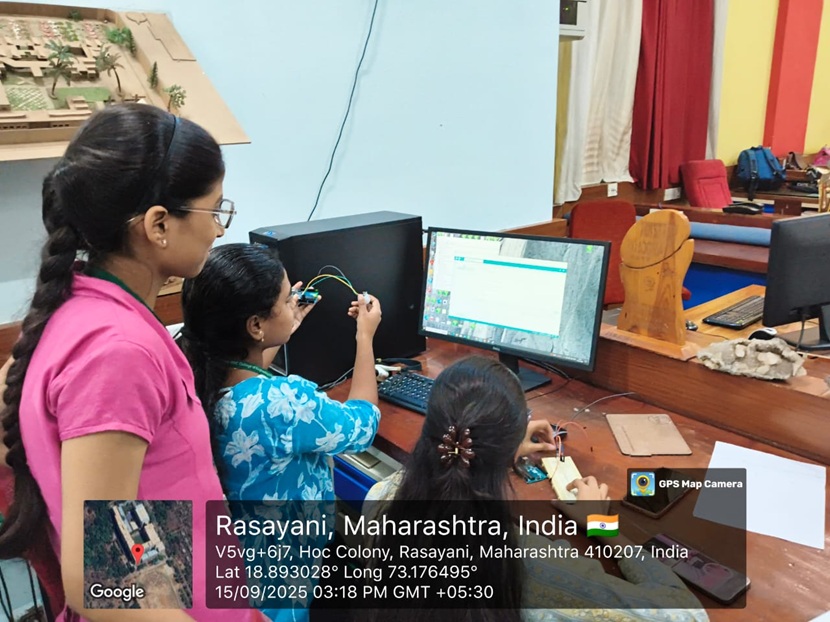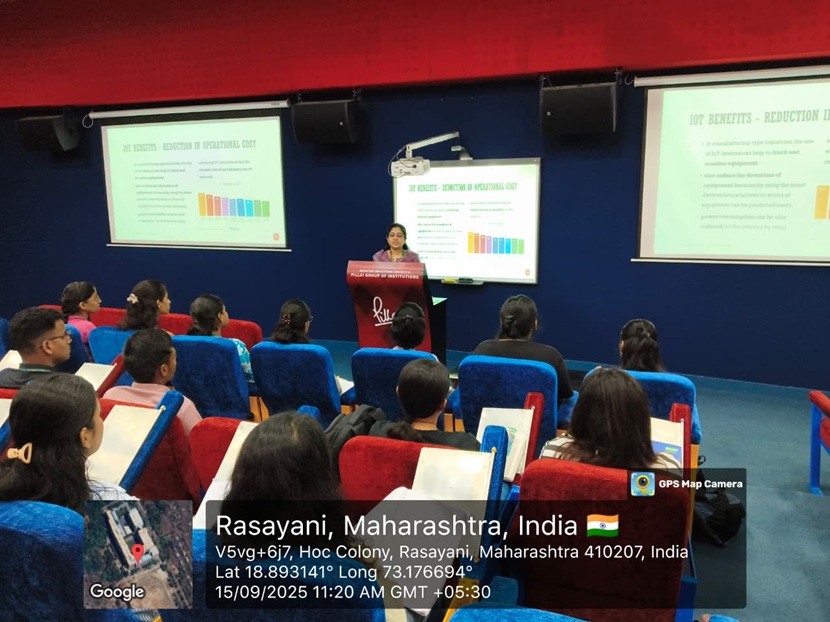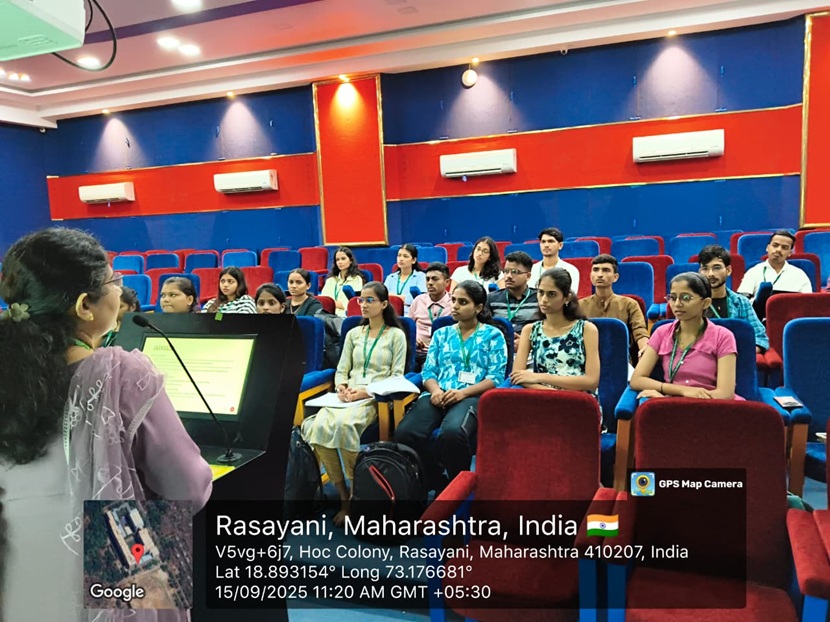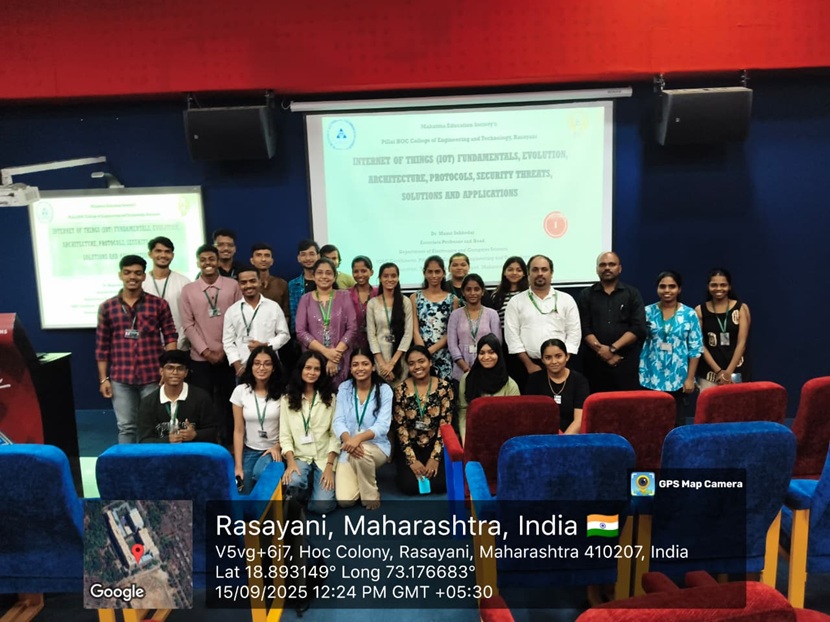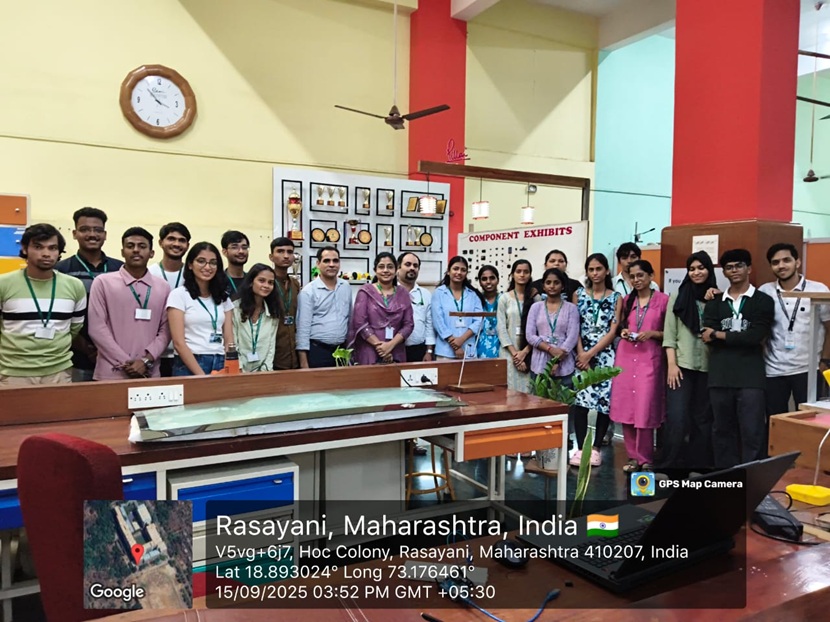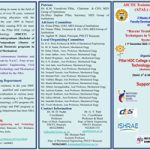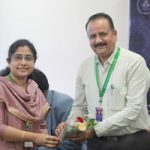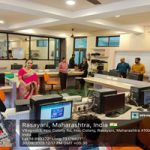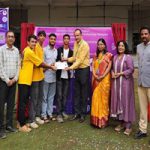| Date | September 15, 2025 |
| Venue | Conclave-II and research lab |
| Faculty Coordinator | Dr. Mansi Subhedar, Mr. Mithun Nair |
| Department | Electronics and Computer Science |
| Event Objective: | To introduce students to the fundamental architecture, layers, and communication protocols of the Internet of Things. To develop understanding of sensors, microcontrollers, and data flow in IoT-based systems. To provide hands-on experience in interfacing sensors with Arduino and constructing basic IoT prototypes. |
| Event Outcome: | Students gained conceptual clarity on IoT architecture, components, and real-world applications. Students learned practical skills in sensor interfacing, Arduino programming, and data acquisition. Participants successfully built small working IoT models and demonstrated improved confidence in implementing IoT-based solutions. |
An expert session on “Internet of Things: Architecture and Use Cases” was conducted on 15 September for B.Tech students of the Department of Electronics and Computer Science by ECS HOD Dr. Mansi Subhedar. The theory session took place in Conclave–2 from 10.15 AM to 1.00 PM, followed by a hands-on laboratory session in the Research Lab from 1.45 PM to 4.45 PM. The objective of the program was to provide students with a comprehensive understanding of IoT architecture, communication layers, sensing technologies, and real-world applications, followed by practical exposure to microcontrollers and sensor interfacing.
During the theory session, students were introduced to the complete IoT ecosystem starting from the perception layer consisting of sensors, actuators, and transducers, to the network layer that connects devices through ZigBee, Wi-Fi, Bluetooth Low Energy, and LoRaWAN. Students also learned about the role of embedded hardware like Arduino, ESP32, and Raspberry Pi, and the importance of security at each layer of the IoT stack. Several real-world use cases were demonstrated through architecture diagrams including applications in smart agriculture, smart homes, healthcare monitoring systems, Industry 4.0 automation, and transportation analytics.
After the conceptual session, students assembled in the Research Lab for the hands-on IoT workshop using Arduino and various sensors. They were first introduced to the Arduino microcontroller architecture, pin configuration, and installation of the Arduino IDE. Basic programming tasks such as LED blinking and digital read/write operations were practiced before moving to sensor interfacing. Students worked with DHT11 temperature and humidity sensors, soil moisture sensors, and HC-SR04 ultrasonic modules. Each group went on to build a small working IoT prototype. Faculty members Dr. Mansi Subhedar and Mr. Mithun Nair guided students in debugging code, calibrating sensors, and validating output readings.
The session strengthened their understanding of end-to-end IoT workflows and encouraged several participants to explore more advanced concepts like ESP32 programming, cloud connectivity, and mobile app integration for their future projects. Overall, the event was well received and contributed significantly to enhancing interdisciplinary technical skills among students.

